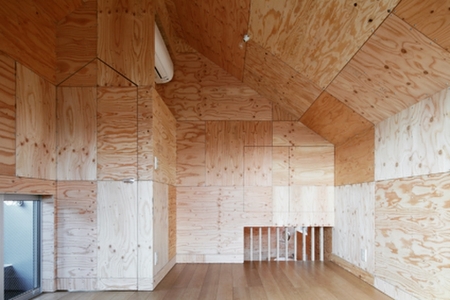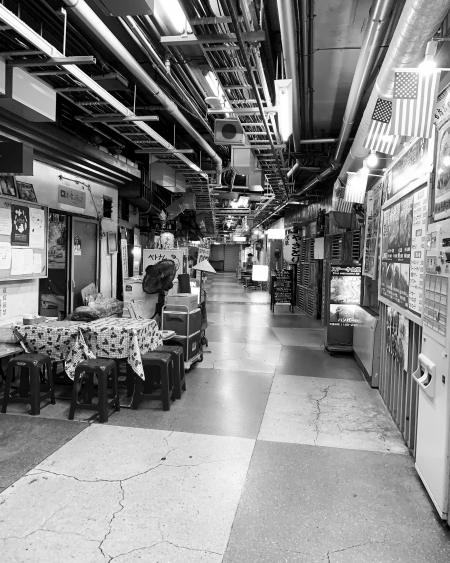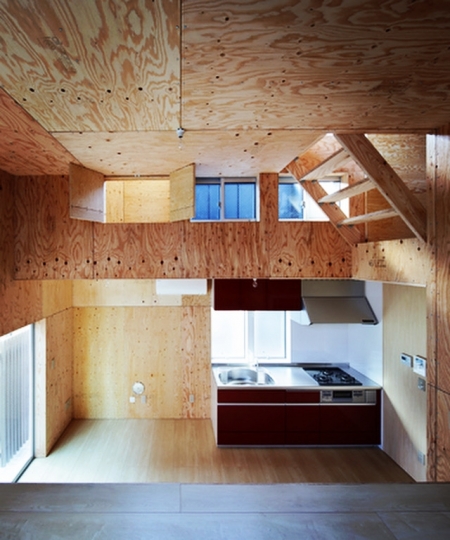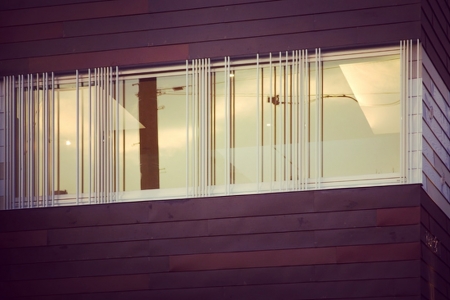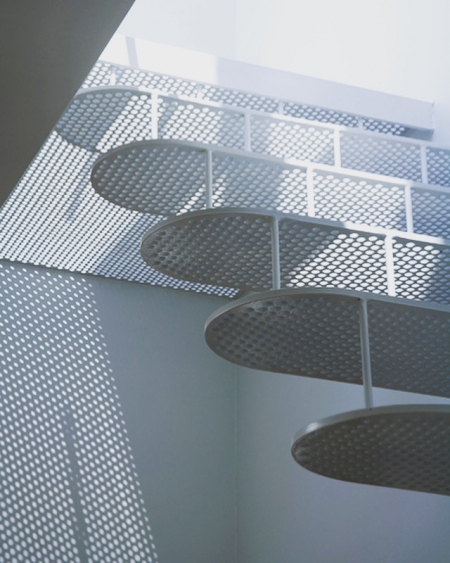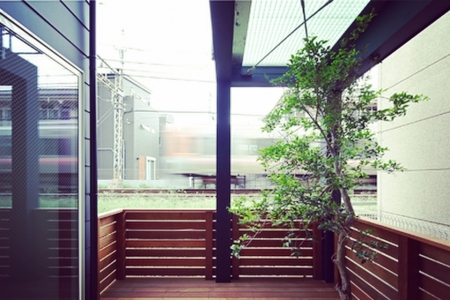装飾だけの空間
装飾だけの空間をつくると、それは見た目では、その空間が何をするための場所か、そこで何をしたら良いのか、すぐに判別できなく、理解できない空間になるかもしれないが、それは、空間ではそもそも何かをする目的があって人工的につくられているからで、すぐに理解できず、判別できないならば、人の脳は足りない部分を補うために、過去の経験から想像したり、こうではないかと推察して、その空間での立ち振る舞い方を瞬時に決めるだろう。
きっとモダニズムの空間はこの理解ができず、判別できない状態を無くす方向に進展して来たように思う、曖昧な部分が無い、ある意味では違いや境界をハッキリとさせてきた。
そして、次の段階として、このハッキリとした違いや境界を残しつつ、その違いや境界に幅をもたせり、形を与えたりして、その違いや境界自体がより意味のあるものになっていき、そして、その違いや境界が変異していく。
そこで、改めて装飾が問わられることになる。その時の装飾は付加物では無くて、そこに構造や機能も包括され、さらには、人の関係性がより濃密になると考えている。
"Space just for decoration"
If you create a space just for decoration, it may be a space that you can not immediately understand and understand what the space is to do and what to do there, but it is a space In the first place, because it is artificially made for the purpose of doing something, if you can not understand immediately and can not distinguish it, the human brain can imagine from past experience to compensate for the missing part, I guessed this and would instantly decide how to behave in that space.
Surely, the space of modernism seems to have evolved in a direction that does not understand this and loses the indistinguishable state, has no ambiguous parts, and in a sense, makes the differences and boundaries clear.
Then, as the next stage, while leaving these distinct differences and boundaries, the differences and boundaries are given width and shape, and the differences and boundaries themselves become more meaningful. , And the differences and boundaries mutate.
Therefore, the decoration is asked again. The decoration at that time is not an addendum, but the structure and function are also included in it, and we believe that the relationship between humans will be deeper.

